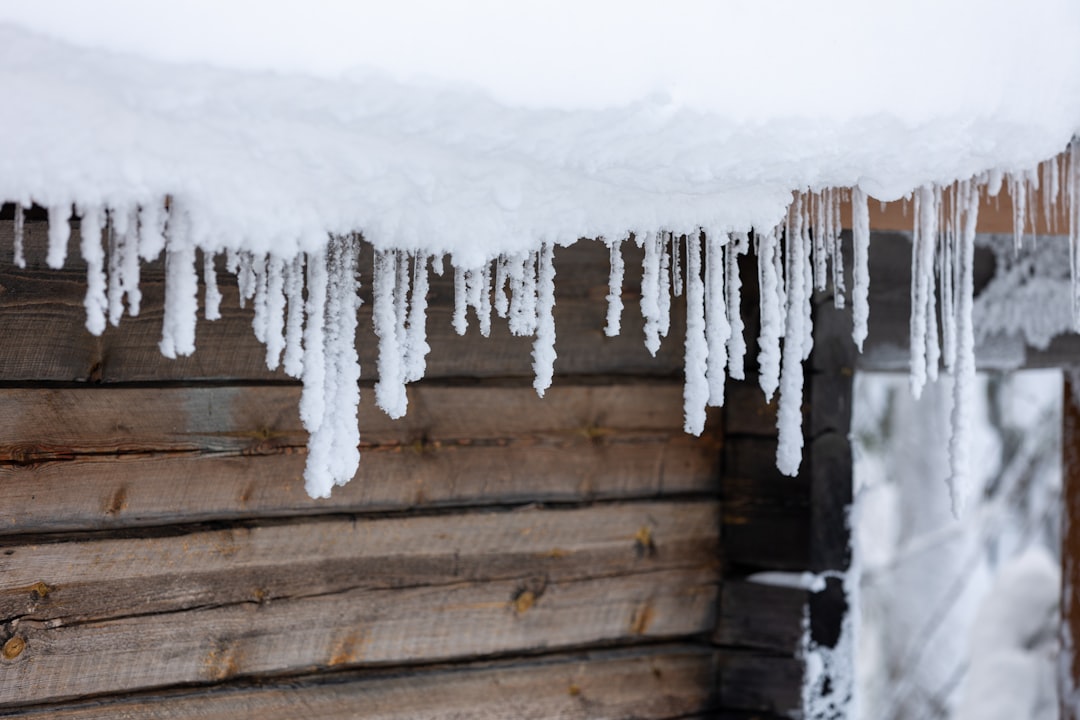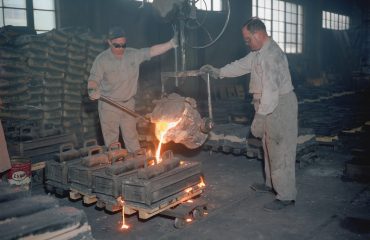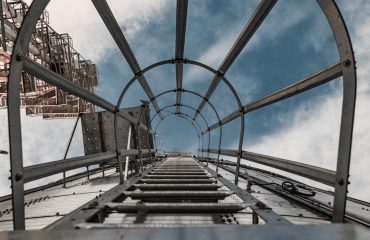Winter’s harsh conditions – freezing temperatures, ice, snow, and de-icing salts – can wreak havoc on unprotected metal. However, galvanized products consistently demonstrate superior performance in cold climates, offering long-lasting durability and resistance to corrosion. This comprehensive guide delves into the reasons behind this resilience and explores the specific applications where galvanized steel excels in freezing temperatures.
Understanding the Science Behind Galvanization’s Cold-Weather Resilience
Galvanization is a process where a protective zinc coating is applied to steel. This zinc layer acts as a sacrificial anode, meaning it corrodes preferentially to the underlying steel. In cold climates, this protective mechanism is particularly crucial. The low temperatures slow down the rate of corrosion, but the presence of moisture and de-icing salts can still accelerate the degradation process. The zinc coating effectively acts as a barrier, preventing these corrosive elements from reaching the steel. Furthermore, zinc’s crystalline structure remains relatively stable even at sub-zero temperatures, maintaining its protective integrity.
The thickness of the zinc coating is a key factor influencing its performance in cold climates. Heavier coatings provide a longer lifespan and greater protection against aggressive environmental factors. The specific galvanizing method also impacts the coating’s durability. Hot-dip galvanization, for instance, creates a thicker, more uniform, and tightly bonded zinc coating compared to electro-galvanizing, making it particularly suitable for cold, harsh environments.
Galvanized Steel’s Superior Corrosion Resistance in Freezing Temperatures
Corrosion is a significant concern in cold climates, exacerbated by the presence of de-icing salts like sodium chloride. These salts accelerate the corrosion process by lowering the freezing point of water and increasing its conductivity. Galvanized steel’s resistance to this corrosion is a key advantage. The zinc coating prevents direct contact between the steel and the corrosive elements, significantly extending the lifespan of the product. Even if the zinc layer is slightly damaged, it continues to offer protection through sacrificial corrosion, preventing the underlying steel from rusting.
Studies have shown that galvanized steel structures in cold climates exhibit significantly less corrosion compared to their uncoated counterparts. This translates to reduced maintenance costs and a longer service life, making galvanized steel a cost-effective solution for long-term infrastructure projects in these regions.
Specific Applications of Galvanized Products in Cold Climates
The exceptional performance of galvanized steel in cold climates makes it ideal for a wide range of applications. These include:
- Infrastructure: Bridges, guardrails, highway signs, and other outdoor structures benefit greatly from the corrosion resistance offered by galvanization. These structures are often exposed to harsh winter conditions, making galvanized steel a crucial material for ensuring their longevity.
- Construction: Galvanized steel is used extensively in roofing, siding, and structural components in cold climate buildings. Its durability and resistance to rust ensure the long-term integrity of the building envelope.
- Agricultural applications: Fencing, storage silos, and other agricultural equipment are often exposed to the elements. Galvanized steel’s resilience makes it a practical and cost-effective choice for these applications, minimizing maintenance and replacement costs.
- Transportation: Railway tracks, bridges, and other transportation infrastructure benefit from the corrosion resistance offered by galvanization, ensuring the safety and reliability of transportation systems in cold climates.
Maintenance and Longevity of Galvanized Products in Cold Climates
While galvanized steel is highly durable, proper maintenance can further extend its lifespan in cold climates. Regular inspections can identify any minor damage to the zinc coating. Small scratches or abrasions can be touched up with a zinc-rich primer to prevent corrosion. However, major damage may require more extensive repairs. Proper snow and ice removal from galvanized structures can also help prevent damage to the coating and minimize the accumulation of de-icing salts.
The longevity of galvanized products in cold climates is directly related to the quality of the galvanization process and the thickness of the zinc coating. Choosing reputable manufacturers who adhere to strict quality standards ensures a longer-lasting product. Proper design and installation are also critical factors in maximizing the lifespan of galvanized structures in cold environments.
Choosing the Right Galvanized Product for Your Cold Climate Needs
When selecting galvanized products for cold climates, consider the following factors:
- Zinc coating thickness: A thicker coating provides greater protection against corrosion.
- Galvanizing method: Hot-dip galvanization is generally preferred for its superior durability.
- Application-specific requirements: Consider the specific environmental conditions and the intended use of the product.
- Manufacturer reputation: Choose reputable manufacturers who adhere to quality standards.
By carefully considering these factors, you can ensure that you select the most suitable galvanized product for your cold climate needs, maximizing its lifespan and performance.
In conclusion, galvanized products offer exceptional performance in cold climates due to their superior corrosion resistance and durability. Understanding the science behind galvanization, its applications, and proper maintenance practices is key to maximizing the benefits of this versatile material in freezing temperatures.
Tags: galvanized steel, cold weather performance, corrosion resistance, winter durability, galvanized products, cold climate applications




